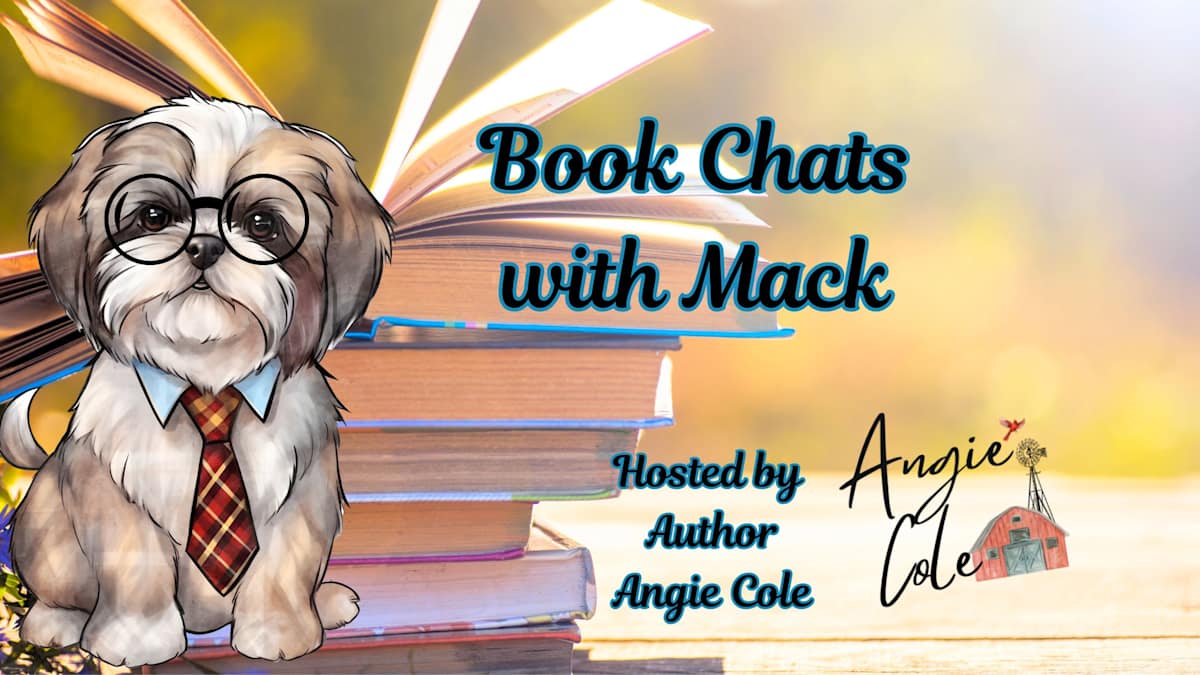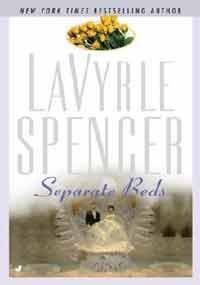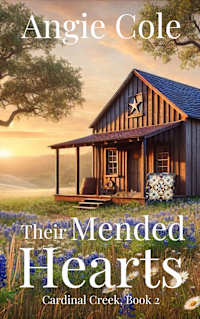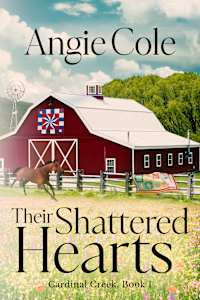Once upon a time, romance writers ruled the paperback shelves somewhere between shoulder pads and slow jams. The 1980s and 1990s were the golden age of swoon: cowboys brooded, billionaires brooded harder, and heroines had names like Savannah and Cassidy, rocking a wind machine like nobody’s business. Fast forward to 2025, and guess what? Romance isn’t just surviving; it's thriving — and it's fiercer, smarter, and more relatable than ever. Let’s break it down, no sugar-coating:
The 1980s–1990s: Big Love, Bigger Stereotypes
Romance novels back then revolved around fantasy with a capital F.
You wanted pirates, dukes, secret babies, and love at first (heated) glance?
They delivered — with plenty of swooping covers, improbable heaving, and a lot of "Why are you so angry? Let’s kiss about it."
The Good:
- Grand, sweeping plots that felt like candy for the brain.
- Bold heroines (for the time!) who dared to desire love and adventure.
- Authors like Johanna Lindsey, Julie Garwood, and Judith McNaught set the standard for emotional roller coasters. Let's not forget Danielle Steel.
The Not-So-Good:
- Consent? Sometimes questionable.
- Diversity? Good luck finding yourself on a cover if you weren’t a willowy white heroine.
- Emotional complexity? Mostly aimed at women finding fulfillment through the man, not alongside him.
In 1990, I began my adult journey into reading romance. My favorite author was LaVryle Spencer. She was ahead of her time — no exaggeration. Ms. Spencer was my muse for becoming a writer.
- She wrote heroines with backbones, hopes, and flaws.
- She gave her heroes emotions beyond "grumpy" and "slightly less grumpy."
- She made readers believe love wasn’t just lust dressed in a three-piece suit.
- She proved that sometimes the quietest love stories are the ones that roar the loudest in your heart.
In 2025, when readers crave authenticity more than ever, LaVyrle’s work feels surprisingly modern.
She was doing emotionally intelligent romance before it became a trend.
Honestly?
If LaVyrle Spencer came out swinging today with Separate Beds, she'd still hit the bestseller lists — and half the BookTok girlies would be crying into their coffee over Clay and Catherine’s slow-burn tenderness.
Separate Beds isn't flashy — it’s deeply human.
You’ve got Clay and Catherine—two virtual strangers thrown together by circumstance (hello, accidental pregnancy storyline, handled way more thoughtfully than the era usually allowed).
They aren’t madly in love at first glance.
They aren’t perfect.
They’re awkward. They're scared. They're real.
And that’s precisely why their story still sticks.
Separate Beds was the first book I read, and I fell in love with her writing style. As a reader, I prefer characters who are authentic and confront real-life issues.
Today's Romance writers
Today’s romance writers grew up on those epic love stories, but are not afraid to burn down what doesn’t work anymore.
Now, the genre says:
"You deserve love — and you deserve to be seen, respected, and known exactly as you are."
What’s Different Now:
- Consent isn't a bonus. It’s a baseline.
- Diverse characters are front and center — all races, genders, body types, abilities, and identities.
- Heroines (and heroes) have real emotional arcs that aren’t just about finding "the one" — but becoming themselves too.
- Love stories are just as much about partnership as they are about passion.
Modern romance isn’t smaller.
It’s bigger.
Bigger in heart, bigger in courage, bigger in its reach to include every reader who ever thought, "I want a happy ending too."
The Bottom Line: Then vs Now
The 80s and 90s gave us sweeping fantasies and epic swoons that built a foundation.
- 2025 gives us love stories that feel like home — messy, real, and still deeply magical.
We didn't throw out the old magic.
We just made sure everyone gets a piece of it now.
And would you like to ask me?
Romance writing today isn’t just keeping the flame alive —
It's lighting up the whole dang sky.
Stay tuned for more about LaVryle Spencer.



